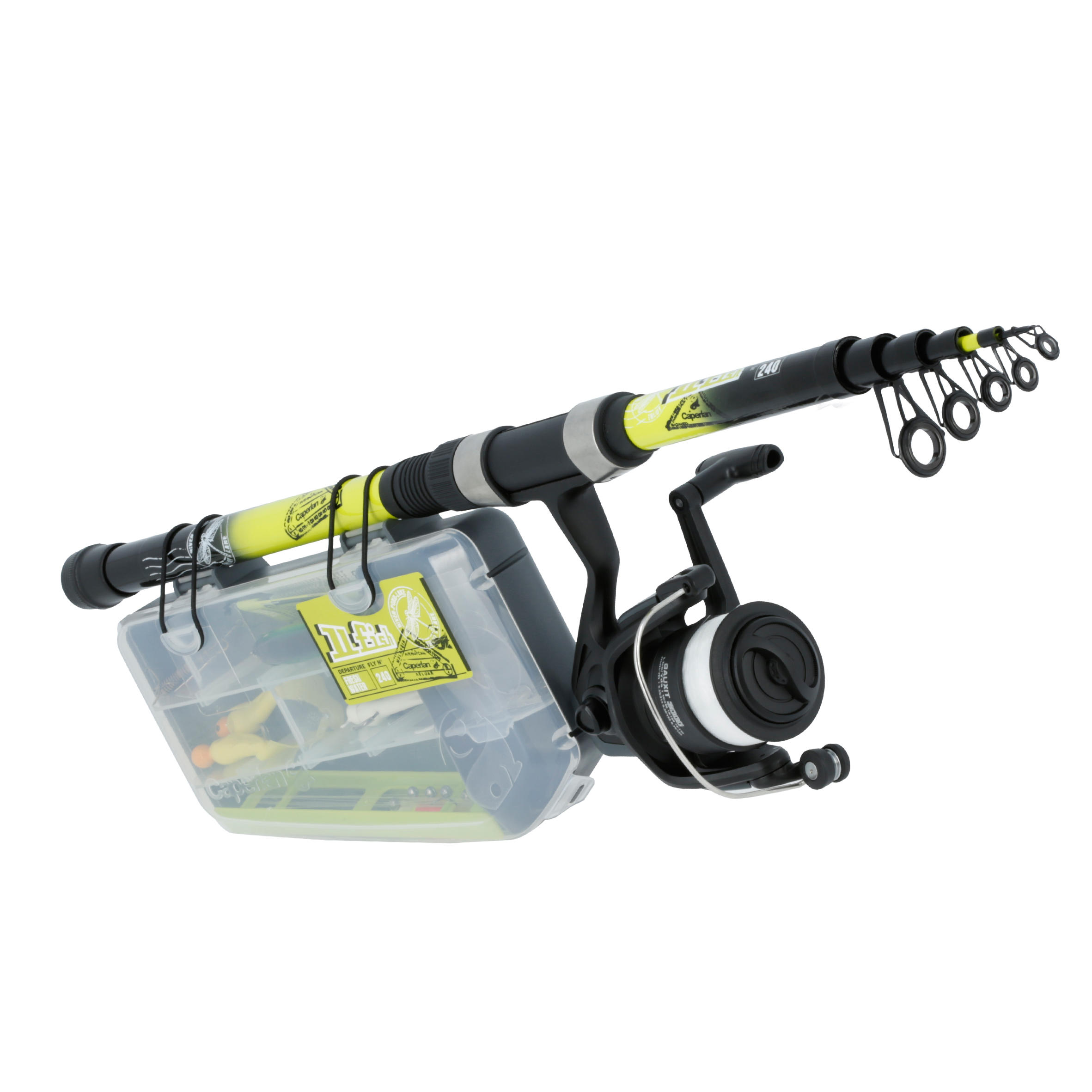
A recent large scale study provides further evidence that classifying an atypical cytology as negative has little influence of the sensitivity of cancer detection. The clinical significance of an atypical cytology has been debated and whether an atypical cytology is considered positive or negative influences the sensitivity of urine cytology in bladder cancer detection. Similar to uFISH, urinary cytology is reported as positive or negative however additional terminology in reporting cytology specimens includes suspicious and atypical. Also the likelihood a given bladder cancer may not have the chromosomal alterations measured by uFISH and thus not capable of being detected by the test is not entirely known. Limitations of previous publications on uFISH include varying definitions of what is considered a positive result, lack of histopathology and small sample size. Despite the stringency of test reporting as either positive or negative, difficulty of interpretation of chromosomal and morphologic changes does exist, potentially influencing the usefulness of the test in cancer detection. UFISH is reported dichotomously (either positive or negative) based on criteria that include not only chromosomal changes but cell morphology. A recent meta-analysis of the published literature on uFISH reported superior sensitivity and comparable specificity when compared to cytology. Numerous studies have compared the performance characteristics (sensitivity and specificity) of uFISH to urinary cytology. The assay is mostly used in the surveillance of patients with a history of bladder cancer. UroVysion fluorescence in situ hybridization (uFISH) is a multitarget, multicolor FISH assay that has been developed for the detection of urothelial carcinoma in the urine. In a pathologically-confirmed analysis of bladder washed urine specimens, uFISH does not outperform urine cytology in cancer detection. uFISH study of the tumors revealed three categories positive in both tumor and urine (9), negative in both tumor and urine (5) and positive in tumor but negative in urine (2).


Low grade tumors often showed cells with abnormal morphology and patchy DAPI staining but diploid chromosomal counts and a few high grade tumors had tetraploid counts but less than needed to interpret uFISH as positive. Thirty-two false negative uFISH samples were re-reviewed. Sensitivity was 67% and 69% ( p = 0.54) specificity was 72% and 76% ( p = 1.0), for uFISH and cytology, respectively. One hundred and twenty-nine specimens were analyzed.

Sixteen bladder tumors embedded in paraffin were analyzed by uFISH and compared with the result in the urine. A re-review of false-negative uFISH specimens was performed to analyze potential sources of error. Strict definitions for positivity of uFISH and cytology were determined before initiating the study. Intraoperative bladder wash cytology and uFISH were collected prospectively on all patients. The aim of our study was to better determine the performance characteristics of uFISH and urine cytology by overcoming some of the deficiencies of the current literature. However uFISH studies are limited by varying definitions of what is considered a positive result, absence of histopathology and small sample size. UroVysion fluorescence in situ hybridization (uFISH) was reported to have superior sensitivity to urine cytology.


 0 kommentar(er)
0 kommentar(er)
